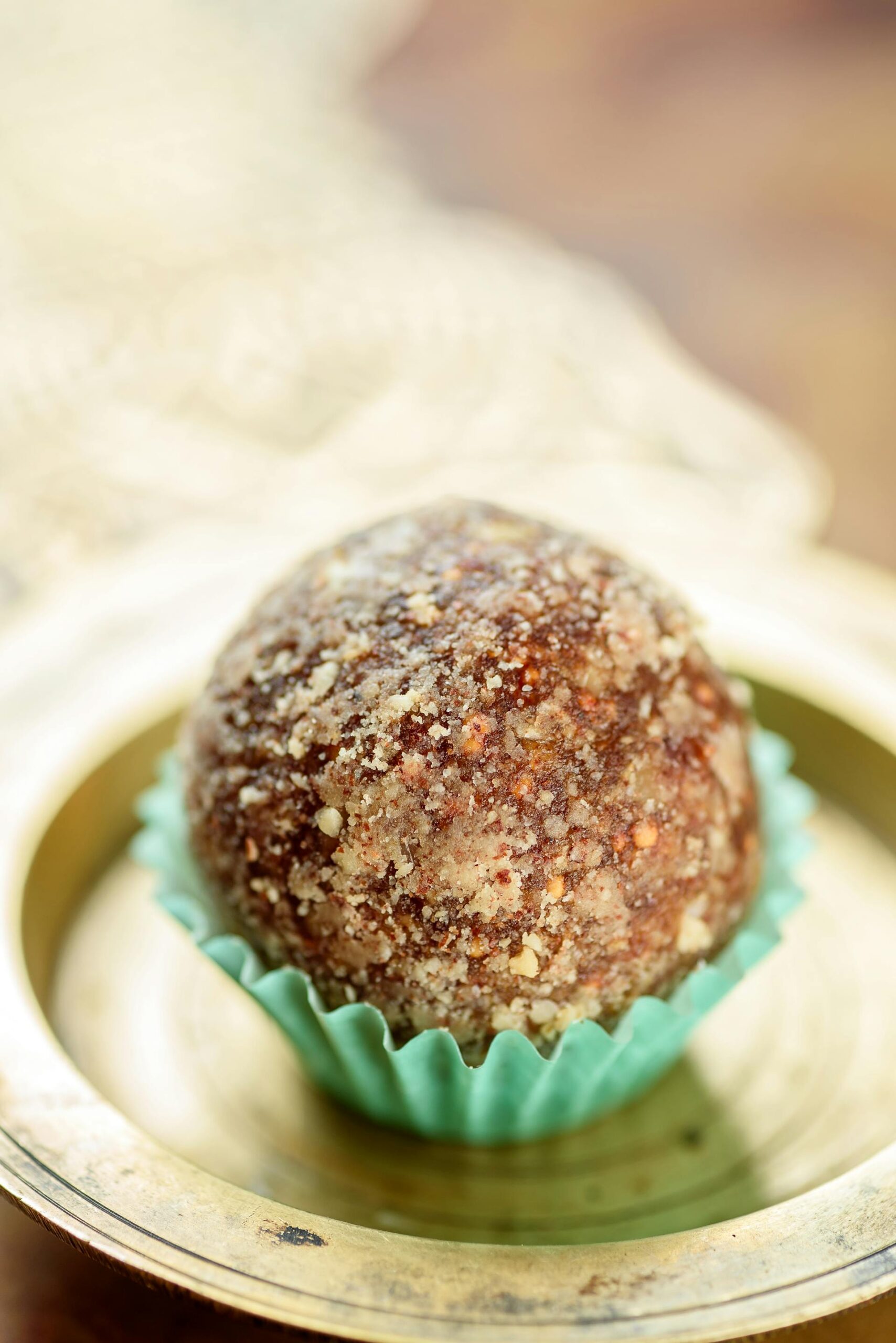Introduction
Indian sweets, known for their wide range of flavors and textures, are a staple in the country’s culinary scene. However, a controversial topic that has recently gained attention is the use of varakh, which is a thin foil made of silver or gold, on these sweets. Many people are surprised to learn that varakh, which adds a touch of luxury and elegance to the sweets, is actually considered non-vegetarian by some. In this article, we will delve into the reasons behind this belief and explore the implications for those who follow a vegetarian diet.
Varakh: The Non-Veg Ingredient
Varakh, also known as edible silver and gold foil, is traditionally used in Indian sweets like barfi, peda, and laddu to enhance their appearance. However, what many people don’t realize is that the production of varakh involves the use of animal by-products. The thin foils are typically made by hammering silver or gold into extremely thin sheets, which are then placed between layers of animal skin, typically derived from the intestines of cows or buffaloes. This process raises concerns among vegetarians and vegans who prefer to avoid any products that involve animal cruelty.
Bubblegum-Gelatin
Bubblegum is sometimes made with gelatin, which is a protein derived from animal collagen, typically found in the skin, bones, and connective tissues of animals like pigs or cows. Gelatin is used in some types of gum as a stabilizer or softener, giving the gum a chewy texture.
However, not all bubblegum contains gelatin. Many modern gum brands use synthetic or plant-based alternatives, such as gum base (a mixture of elastomers, resins, and waxes) and softeners like glycerin, which are not animal-derived. If you’re concerned about whether the bubblegum you’re consuming contains animal products, checking the ingredient list for gelatin or looking for a vegetarian or vegan label can help

Impact on Vegetarians
For those who follow a strict vegetarian diet, the use of varakh in sweets can pose a dilemma. While varakh itself is theoretically edible and does not contain any animal flesh, the fact that it is prepared using animal skin raises ethical concerns. Vegetarians who consume sweets adorned with varakh may unintentionally break their dietary restrictions and consume animal by-products, leading to feelings of guilt and discomfort.
Alternatives to Varakh
In light of the controversy surrounding varakh, some sweet makers have started exploring alternative options to adorn their sweets. One popular substitute for varakh is the use of vegetable-based edible foils, which are made from ingredients like cornstarch, soy protein, and algae extract. These plant-based foils offer a cruelty-free alternative to traditional varakh and are suitable for vegetarians and vegans looking to enjoy Indian sweets without compromising their dietary principles.
Edible Silver Leaf (Vark): Some laddus are decorated with a silver leaf known as “vark,” and there have been concerns about some varieties of vark being made using animal by-products in the manufacturing process. Vegetarian-friendly vark is available, though.
Cultural Significance
Despite the shift towards more ethical alternatives, varakh continues to hold cultural significance in Indian cuisine. The use of silver and gold foils in sweets is deeply rooted in tradition and is often associated with auspicious occasions and celebrations. For many, the presence of varakh on sweets symbolizes prosperity, good fortune, and luxury, making it a cherished element of Indian culinary heritage.
Conclusion
While varakh may add a touch of glamour to Indian sweets, its controversial production process raises important questions about its compatibility with vegetarian values. As awareness of the ethical concerns surrounding varakh grows, sweet makers and consumers alike are beginning to explore alternative options that align with their dietary beliefs. Whether one chooses to embrace traditional varakh or opt for plant-based alternatives, the debate over this non-veg ingredient highlights the complex interplay between cultural traditions and ethical considerations in the realm of food.


